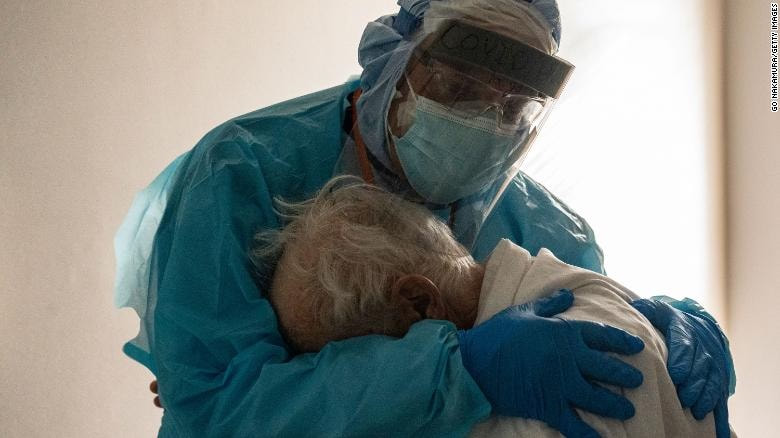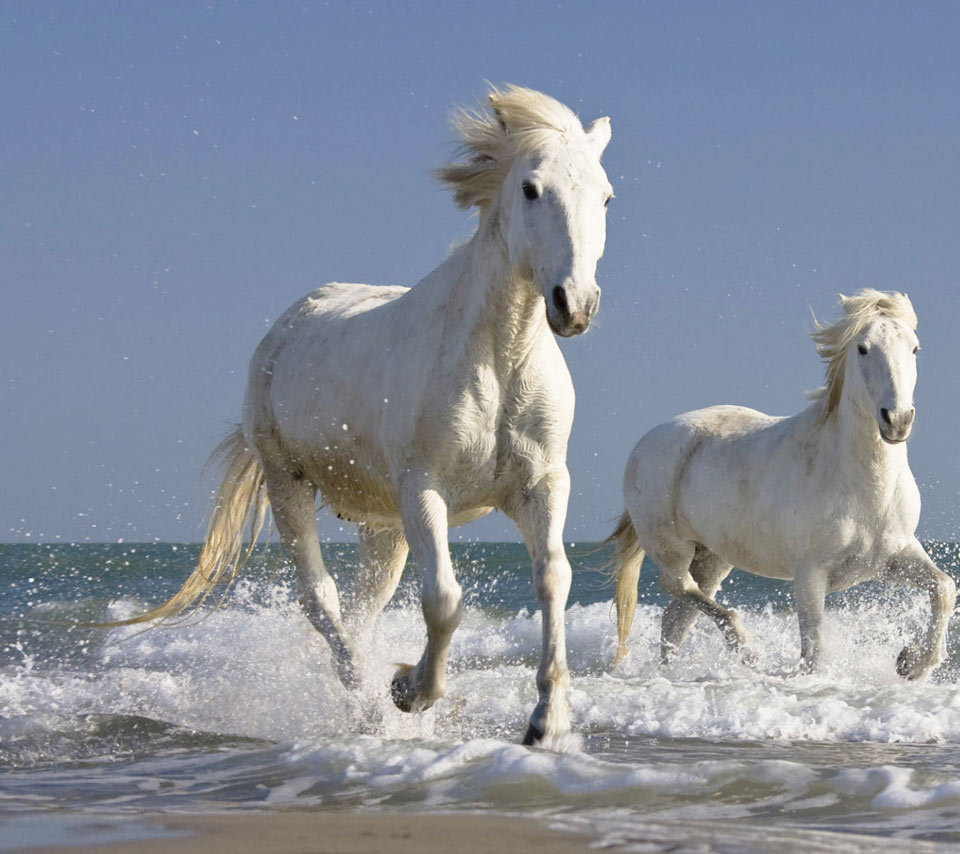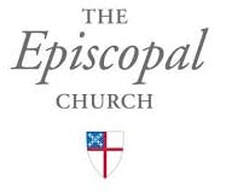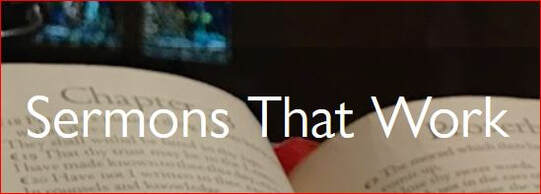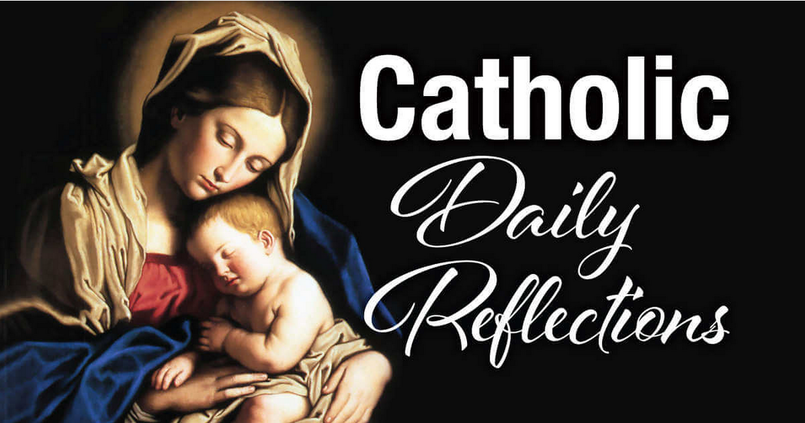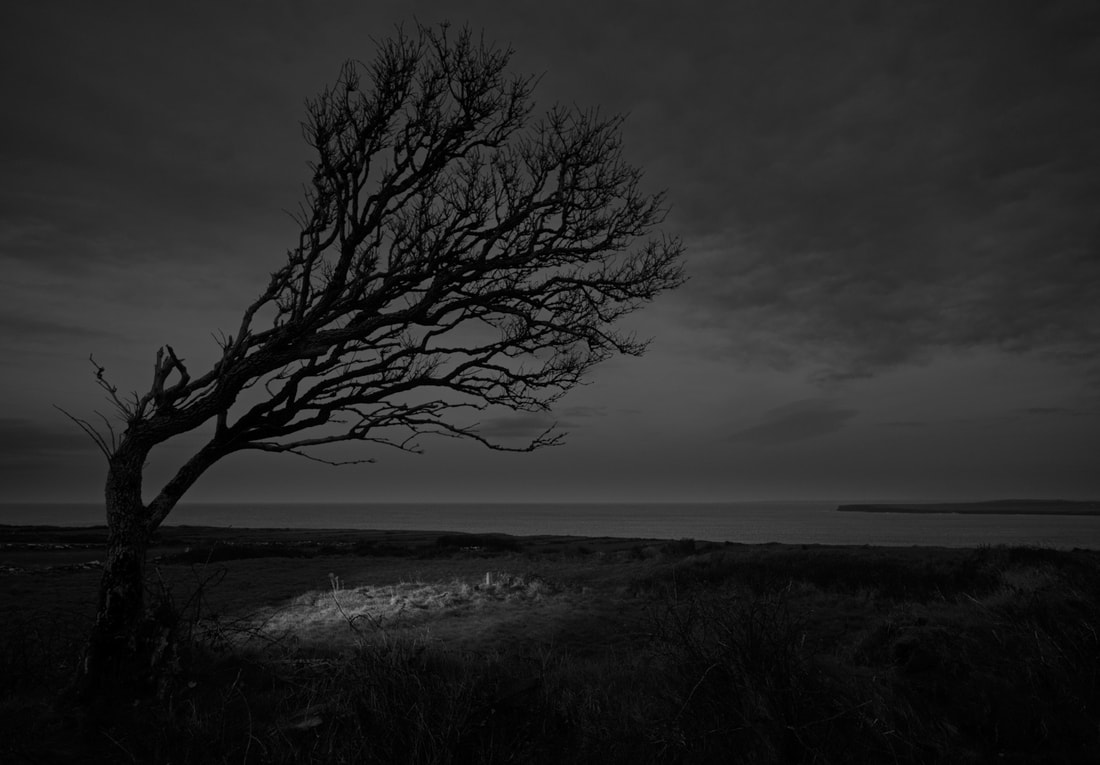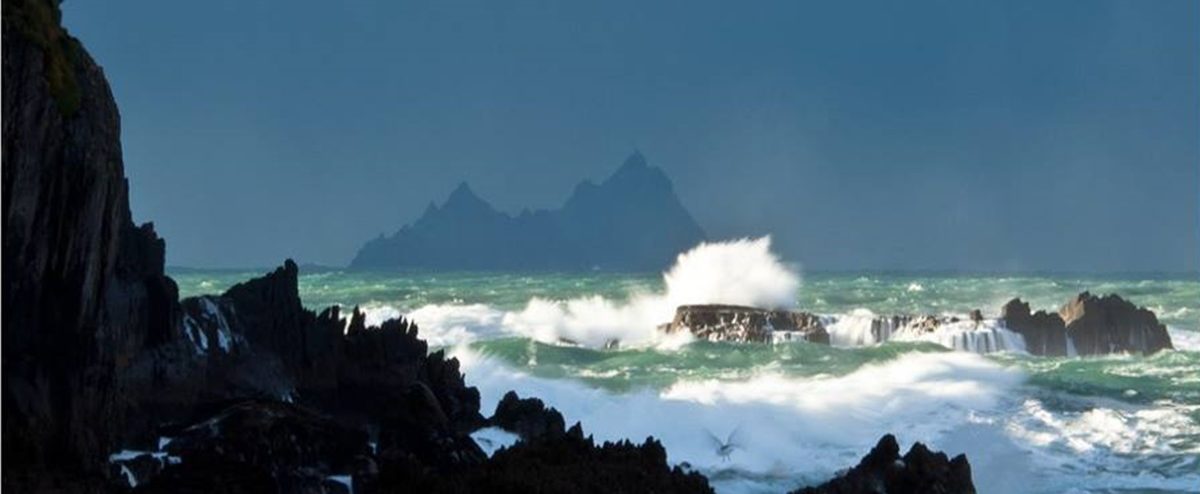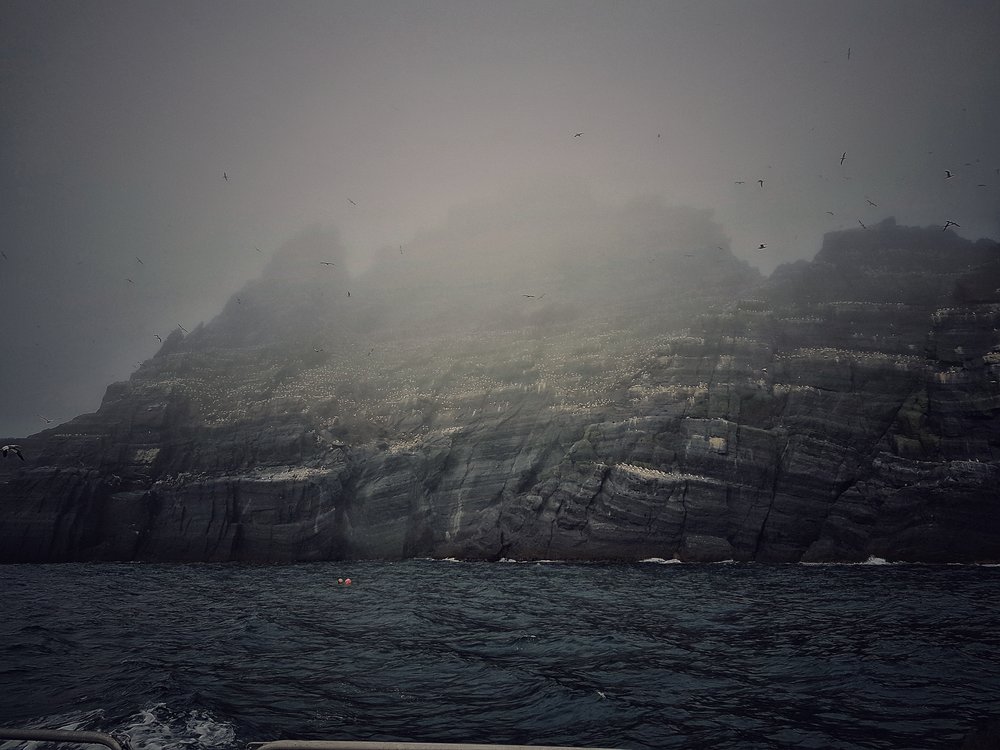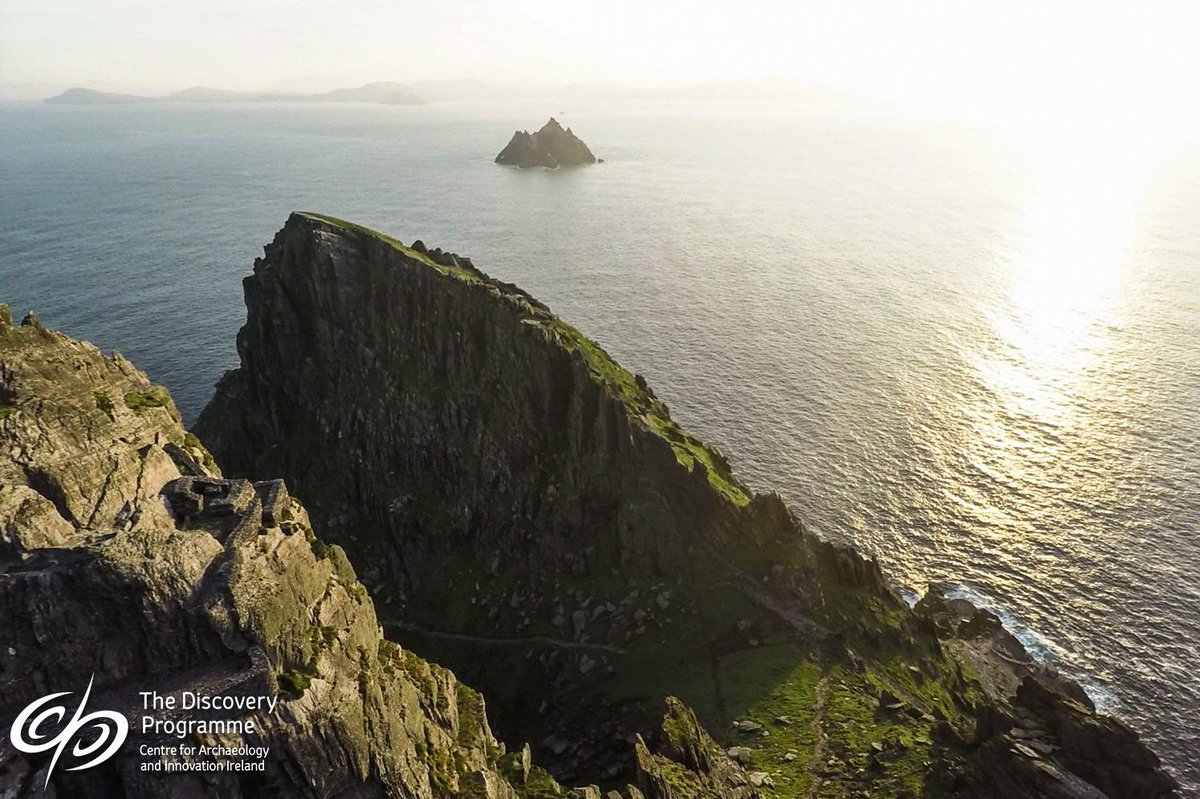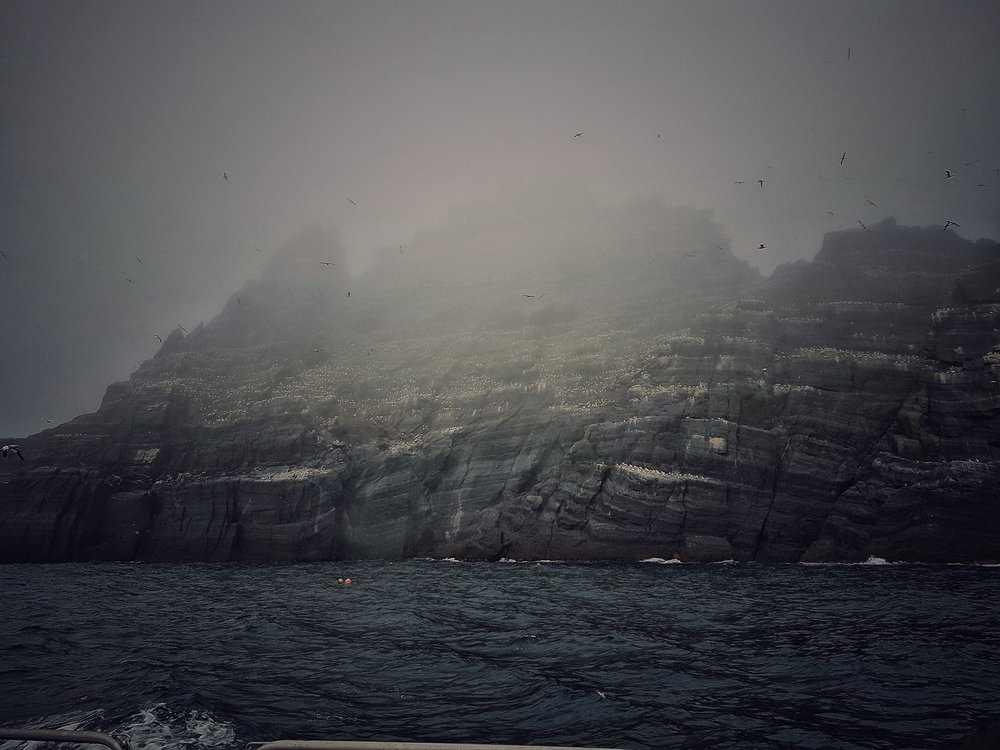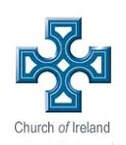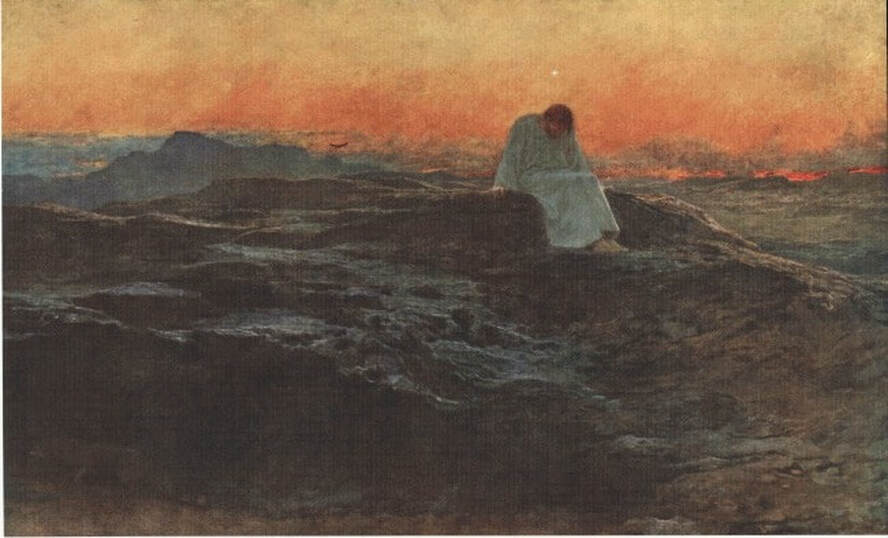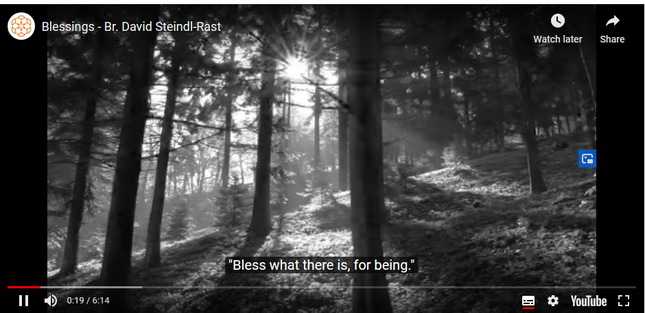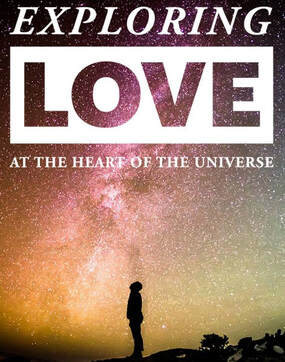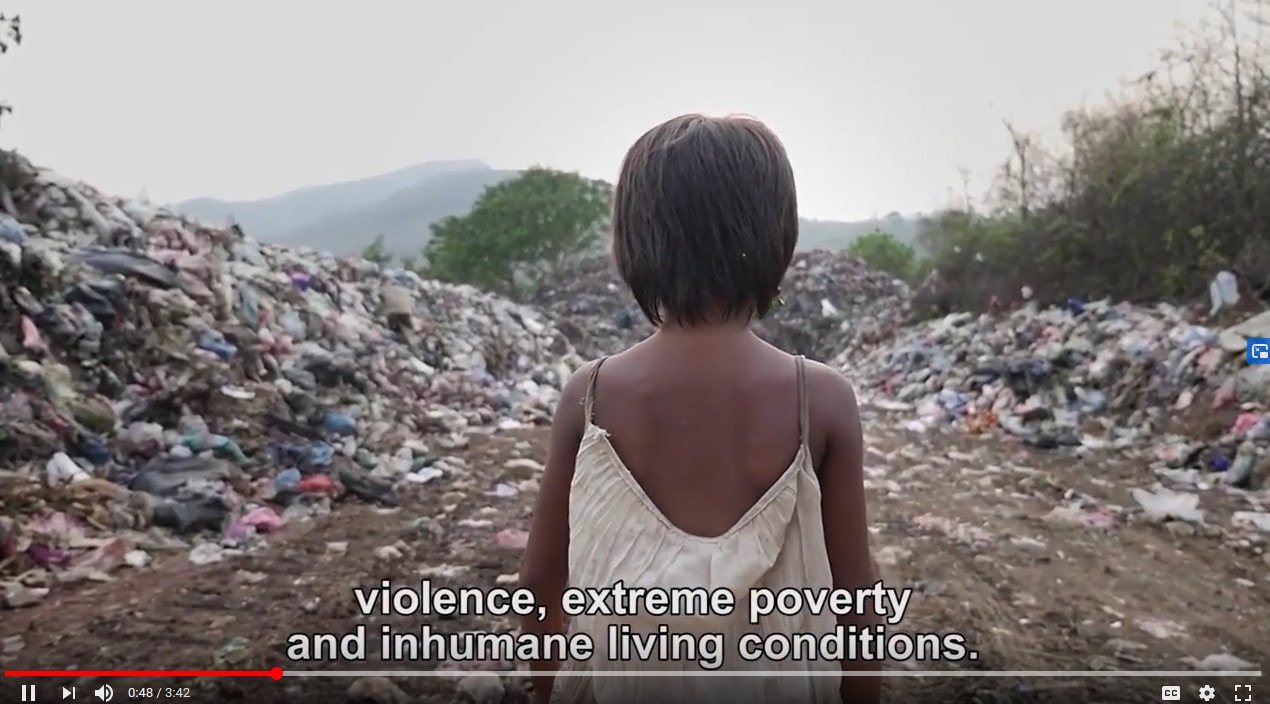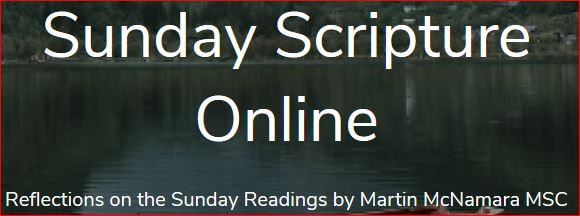{field_callout_box_content:content}
{field_callout_box_content:content}
Image: Joseph Varon, a doctor treating coronavirus patients at a Texas hospital, was working his 252nd day in a row when he spotted a distraught elderly man in the Covid-19 intensive care unit. His comforting embrace of the white-haired man on Thanksgiving Day, 2020 was captured by a photographer for Getty Images.
BROTHER, SISTER, LET ME SERVE YOU
by contemporary New Zealand hymnist, Richard Gillard
Sung here by the choir of St Anne's Church, Copp, Lancashire
Brother, sister, let me serve you;
let me be as Christ to you;
pray that I may have the grace to
let you be my servant too.
We are pilgrims on a journey,
and companions on the road;
we are here to help each other
walk the mile and bear the load.
I will hold the Christlight for you
in the nighttime of your fear;
I will hold my hand out to you,
speak the peace you long to hear.
I will weep when you are weeping;
when you laugh I'll laugh with you;
I will share your joy and sorrow,
till we've seen this journey through.
When we sing to God in heaven,
we shall find such harmony,
born of all we've known together
of Christ's love and agony.
Brother, sister, let me serve you;
let me be as Christ to you;
pray that l may have the grace to
let you be my servant too.
BROTHER, SISTER, LET ME SERVE YOU
by contemporary New Zealand hymnist, Richard Gillard
Sung here by the choir of St Anne's Church, Copp, Lancashire
Brother, sister, let me serve you;
let me be as Christ to you;
pray that I may have the grace to
let you be my servant too.
We are pilgrims on a journey,
and companions on the road;
we are here to help each other
walk the mile and bear the load.
I will hold the Christlight for you
in the nighttime of your fear;
I will hold my hand out to you,
speak the peace you long to hear.
I will weep when you are weeping;
when you laugh I'll laugh with you;
I will share your joy and sorrow,
till we've seen this journey through.
When we sing to God in heaven,
we shall find such harmony,
born of all we've known together
of Christ's love and agony.
Brother, sister, let me serve you;
let me be as Christ to you;
pray that l may have the grace to
let you be my servant too.
The great mystic, St Teresa of Avila, said that in the 'Song of Songs' (also known as the 'Song of Solomon') the Lord is teaching the soul how to pray. “Along how many paths, in how many ways, by how many methods you show us love! ...in this Song of Songs, you teach the soul what to say to you... We can make the Bride’s prayer our own.”
If Teresa is right and the loving, desiring, passionate language of the Song is the language in which God longs to hear the soul speak, many of us may have to make a radical shift in our perception of what it is to love and be loved by God. Why, from the hundreds of Old Testament passages used in readings for Sundays and Holy Days in the Catholic Lectionary, is not a single passage from the Song included? And only two passages are used in the Revised Common Lectionary?
Click on the image above to listen to - and pray with - this tremendous hymn of praise, stunningly read by David Suchet.
The actor, famed for his role as the detective, Poirot, created the very first full-length audio version of the NIV Bible spoken by a single British actor.
The background image is a detail from 'The Beloved' by Dante Gabriel Rossetti, courtesy of the Tate, London.
If Teresa is right and the loving, desiring, passionate language of the Song is the language in which God longs to hear the soul speak, many of us may have to make a radical shift in our perception of what it is to love and be loved by God. Why, from the hundreds of Old Testament passages used in readings for Sundays and Holy Days in the Catholic Lectionary, is not a single passage from the Song included? And only two passages are used in the Revised Common Lectionary?
Click on the image above to listen to - and pray with - this tremendous hymn of praise, stunningly read by David Suchet.
The actor, famed for his role as the detective, Poirot, created the very first full-length audio version of the NIV Bible spoken by a single British actor.
The background image is a detail from 'The Beloved' by Dante Gabriel Rossetti, courtesy of the Tate, London.
.Sermons That Work is a ministry of the Episcopal Church’s Office of Communication. It provides free sermons, Bible studies, bulletin inserts, and other resources that speak to congregations across the Church. Writers and readers come from numerous and varied backgrounds, and the resources provided are used in small house churches, sprawling cathedrals, and everything between.
Daily scriptural reflections from the American 'My Catholic Life!' website.
{field_callout_box_content:content}
{field_callout_box_content:content}
{field_callout_box_content:content}
{field_callout_box_content:content}
{field_callout_box_content:content}
There are six talks and a webinar. Topics are:
Praying the Psalms in Advent: Honest prayers when life is hard;
Reading Mark in Advent: Wakefulness in winter as we attend to the gift;
Learning from Paul: Holding on to the Word of life.
The course will be led by Biblical scholar and Augustinian friar, Fr Kieran O'Mahony. Please note that there is a charge of €20 per household for this course.
Click here for more information.
Praying the Psalms in Advent: Honest prayers when life is hard;
Reading Mark in Advent: Wakefulness in winter as we attend to the gift;
Learning from Paul: Holding on to the Word of life.
The course will be led by Biblical scholar and Augustinian friar, Fr Kieran O'Mahony. Please note that there is a charge of €20 per household for this course.
Click here for more information.
{field_callout_box_content:content}
We have updated our Covid: Churches without Walls page to include some excellent new online resources, including a twice-weekly live ecumenical Zoom meditation session, available from anywhere in the world, and a deeply moving requiem Mass for all who have died in the pandemic.
You may also like to check out our Online Retreats and Courses page. Along with some excellent online retreats, there is what sounds like a very interesting free online Scripture conference on Saturday next, 21st November.
You may also like to check out our Online Retreats and Courses page. Along with some excellent online retreats, there is what sounds like a very interesting free online Scripture conference on Saturday next, 21st November.
John Foulds composed his gigantic oratorio A World Requiem is a heartfelt memorial to the dead of all nations who fell during WW1. It is spanned in two equal parts which are built of superb orchestral and choral effects with some innovations as quarter tones, cluster chords and repetitive sequences within tonal and progressive-tonal frameworks of development. It is not a conventional requiem which follows the Latin Mass. Instead, the text, assembled by Foulds' wife, Maud, is a mix of English biblical passages, excerpts from The Pilgrim’s Progress by John Bunyan, a poem by the Hindo poet, Kabir, and passages by MacCarthy herself. Unfortunately, New PIlgrimPath could not find a link to the lyrics.
Foulds' work is performed here by the BBC Symphony Orchestra conducted by Leon Botstein.
Foulds' work is performed here by the BBC Symphony Orchestra conducted by Leon Botstein.
November is a month when we traditionally remember our dead. Each week, we bring you an excerpt from a well-known Requiem, with a link to the entire work. Visit our Requiems for November page.
The importance of prayer in Leonard Cohen's songs is indisputable: “The first poetry that affected me was in the synagogue", he said, "the prayer book and the Bible. That would send shivers down my spine.” While Hallelujah springs immediately to mind, many regard our featured music this week as one of his most profound prayers. Asked in an interview in 1994 which song he wished he had written, his answer was: If It Be Your Will. And I wrote it.”
Here is the haunting Requiem aeternam from Verdi's powerful Requiem, in a sublime rendition by Dame Joan Sutherland. You can skip the advertisement after five seconds.
You can listen to the entire requiem here.
TEXT
Requiem aeternam dona eis, Domine.
Et lux perpetua luceat eis.
Eternal rest give unto them, O Lord
And let perpetual light shine upon them
You can listen to the entire requiem here.
TEXT
Requiem aeternam dona eis, Domine.
Et lux perpetua luceat eis.
Eternal rest give unto them, O Lord
And let perpetual light shine upon them
Sir Karl Jenkins: Requiem – In Paradisum
This is an extract from Jenkins'classic Requiem, first recorded and performed in 2005. It was premièred at Southwark Cathedral by the West Kazakhstan Philharmonic Orchestra and Adiemus percussion and brass, conducted by the composer. Listen here.
In paradisum deducant te Angeli; in tuo adventu suscipiant te martyres,
et perducant te in civitatem sanctam Jerusalem.
Chorus angelorum te suscipiat,
et cum Lazaro quondam paupere æternam habeas requiem.
"May the angels lead you into paradise; may the martyrs receive you at your arrival
and lead you to the holy city Jerusalem.
May choirs of angels receive you
and with Lazarus, once (a) poor (man), may you have eternal rest."
If you would like to listen to the entire requiem, click here.
This is an extract from Jenkins'classic Requiem, first recorded and performed in 2005. It was premièred at Southwark Cathedral by the West Kazakhstan Philharmonic Orchestra and Adiemus percussion and brass, conducted by the composer. Listen here.
In paradisum deducant te Angeli; in tuo adventu suscipiant te martyres,
et perducant te in civitatem sanctam Jerusalem.
Chorus angelorum te suscipiat,
et cum Lazaro quondam paupere æternam habeas requiem.
"May the angels lead you into paradise; may the martyrs receive you at your arrival
and lead you to the holy city Jerusalem.
May choirs of angels receive you
and with Lazarus, once (a) poor (man), may you have eternal rest."
If you would like to listen to the entire requiem, click here.
Lacken, Co Mayo. Image courtesy of Tommy Weir from his RHA Exhibition, Cillín at the Royal Hibernian Academy, 2020. The catalogue notes read:
From the 7th Century, through the Middle Ages and continuing to the late 20th Century, unbaptised children were rarely buried in consecrated ground. Denied access to the graveyard, they were buried in cillíní instead. These remote places were aligned with boundaries in the landscape, on the edges of townlands, at the bottom of cliffs, along the coastline of the sea or the edges of lakes. The locations are thresholds themselves, perched between two different spaces, and evoke a sense of looking back in time. Indeed, they are often sited within prehistoric sites, within ancient stone circles or by standing stones. These unofficial graveyards form a part of the Irish landscape, numbering several thousand across Ireland.
From the 7th Century, through the Middle Ages and continuing to the late 20th Century, unbaptised children were rarely buried in consecrated ground. Denied access to the graveyard, they were buried in cillíní instead. These remote places were aligned with boundaries in the landscape, on the edges of townlands, at the bottom of cliffs, along the coastline of the sea or the edges of lakes. The locations are thresholds themselves, perched between two different spaces, and evoke a sense of looking back in time. Indeed, they are often sited within prehistoric sites, within ancient stone circles or by standing stones. These unofficial graveyards form a part of the Irish landscape, numbering several thousand across Ireland.
30-minute video by Lightkeepers Films, culminating at the Hermitage, over 700 feet above the sea.
"...one of the most daring architectural expressions of early Irish monasticism: a hermitage built virtually in the air on the treacherous ledges of an Atlantic rock rising straight up from the ocean to an altitude of 218 metres". From "The Forgotten Hermitage of Skellig Michael" by Walter Horn.
"...one of the most daring architectural expressions of early Irish monasticism: a hermitage built virtually in the air on the treacherous ledges of an Atlantic rock rising straight up from the ocean to an altitude of 218 metres". From "The Forgotten Hermitage of Skellig Michael" by Walter Horn.
Nine minute documentary about the Monastery, 650 feet above the sea, by Jan Michael Ringlever.
"All the physical components of the ideal small monastery exist on Skellig: isolation, difficulty in accessing the site, living spaces, buildings for worship and plots for food production. Here, amongst dramatic and unique settings, the indigenous stone architecture of a past millennium is intact." From UNESCO, All About World Heritage Sites.
"All the physical components of the ideal small monastery exist on Skellig: isolation, difficulty in accessing the site, living spaces, buildings for worship and plots for food production. Here, amongst dramatic and unique settings, the indigenous stone architecture of a past millennium is intact." From UNESCO, All About World Heritage Sites.
SKELLIGS
"All the physical components of the ideal small monastery exist on Skellig: isolation, difficulty in accessing the site, living spaces, buildings for worship and plots for food production. Here, amongst dramatic and unique settings, the indigenous stone architecture of a past millennium is intact."From UNESCO, All About World Heritage Sites.
"The remains of one of the most daring architectural expressions of early Irish monasticism: a hermitage built virtually in the air on the treacherous ledges of an Atlantic rock rising straight up from the sea to an altitude of 218 metres." From The Forgotten Hermitage of Skellig Michael by Walter Horn et al.
Just 500 years or so after the death of Christ, the first monks arrived on Skellig Michael, an island 12km from Ireland's south west coast, lying at the very edge of the then known world. The monastery that they established in this inhospitable environment remains one of the most remarkable testaments to human faith on earth.
In the spring of 1851, antiquarian author John Windele made the arduous trip to the island and wrote of his climb up to the monastic enclosure. The experience will be similar today:
“[The stairway] winds on the external face of the precipice with no protection at the outer side, the sheer wall like a rock at the inner. It was by no means a comfortable ascent for me…I gradually became alarmed and nervous as I looked down upon the vast and frightful depths below and the total want of protection, and I found my best course was to shut out the view in that quarter by closing my seaward eye and looking only at the rock [to the] inside…and the steps before [me].
…
The descent was far from agreeable. It was only then that the vast elevation above the sea and the almost vertical character of the precipice along the face of which wound the narrow stairs presented themselves in all their appalling reality. A few steps downward even with face averted from the chasm to the left
"The island of Skellig Michael lies at the extreme north-western edge of Europe, rising from the Atlantic Ocean almost 12 km west of the lveragh Peninsula in County Kerry. It is the most spectacularly situated of all Early Medieval island monastic sites, particularly the isolated hermitage perched on narrow, human-made terraces just below the South Peak." UNESCO.
"The most fantastic and impossible rock in the world: …the Skelligs are pinnacled, crocketed, spired, arched, caverned, minaretted; and these gothic extravagances are not curiosities of the islands: they are the islands: there is nothing else. The rest of the cathedral may be under the sea for all I know…An incredible, impossible, mad place…I tell you the thing does not belong to any world that you and I have lived and worked in: it is part of our dream world."
"All the physical components of the ideal small monastery exist on Skellig: isolation, difficulty in accessing the site, living spaces, buildings for worship and plots for food production. Here, amongst dramatic and unique settings, the indigenous stone architecture of a past millennium is intact."From UNESCO, All About World Heritage Sites.
"The remains of one of the most daring architectural expressions of early Irish monasticism: a hermitage built virtually in the air on the treacherous ledges of an Atlantic rock rising straight up from the sea to an altitude of 218 metres." From The Forgotten Hermitage of Skellig Michael by Walter Horn et al.
Just 500 years or so after the death of Christ, the first monks arrived on Skellig Michael, an island 12km from Ireland's south west coast, lying at the very edge of the then known world. The monastery that they established in this inhospitable environment remains one of the most remarkable testaments to human faith on earth.
In the spring of 1851, antiquarian author John Windele made the arduous trip to the island and wrote of his climb up to the monastic enclosure. The experience will be similar today:
“[The stairway] winds on the external face of the precipice with no protection at the outer side, the sheer wall like a rock at the inner. It was by no means a comfortable ascent for me…I gradually became alarmed and nervous as I looked down upon the vast and frightful depths below and the total want of protection, and I found my best course was to shut out the view in that quarter by closing my seaward eye and looking only at the rock [to the] inside…and the steps before [me].
…
The descent was far from agreeable. It was only then that the vast elevation above the sea and the almost vertical character of the precipice along the face of which wound the narrow stairs presented themselves in all their appalling reality. A few steps downward even with face averted from the chasm to the left
"The island of Skellig Michael lies at the extreme north-western edge of Europe, rising from the Atlantic Ocean almost 12 km west of the lveragh Peninsula in County Kerry. It is the most spectacularly situated of all Early Medieval island monastic sites, particularly the isolated hermitage perched on narrow, human-made terraces just below the South Peak." UNESCO.
"The most fantastic and impossible rock in the world: …the Skelligs are pinnacled, crocketed, spired, arched, caverned, minaretted; and these gothic extravagances are not curiosities of the islands: they are the islands: there is nothing else. The rest of the cathedral may be under the sea for all I know…An incredible, impossible, mad place…I tell you the thing does not belong to any world that you and I have lived and worked in: it is part of our dream world."
{field_callout_box_content:content}
{field_callout_box_content:content}
New Pilgrim Path is a website aimed at introducing fellow Christians of all denominations to the great wealth of online spiritual resources that our small team has discovered, and continues to discover. We provide links to, and a brief description of, a variety of websites we have visited and found valuable. We hope these links will help visitors to encounter the person of Christ.
To find out more about us, click here.
To find out more about us, click here.
There is a wealth of broadcast spiritual resources, both on radio and television. Here are some, available on the internet, which we will add to and refresh in the weeks ahead.
Just when many people are most in need of solace and community, RTÉ Spirit offers a variety of religious content for diverse faiths. This is available on television, radio and online and includes live streaming of Sunday services from different denominations.
Alan McGuckian SJ, Bishop of Raphoe, has encouraged viewers to participate in daily Mass broadcast by RTÉ News Now at 10.30am, Monday to Friday. Live viewing of the daily Mass has an average television audience of 34,600 each day. See here for details of how to access the daily Mass. Bishop McGuckian, a Jesuit, is no stranger to technology. 21 years ago, with Fr Peter Scally, he founded the global phenomenon that is Sacred Space - a multilingual online prayer website that today attracts 15,000 visitors daily from across the world.
Radio Maria Ireland broadcasts Mass live at 10am each morning from its Dublin studios.
The BBC Daily Service Daily broadcasts have been on BBC radio since 1928. Rotating among the variants of Christianity present in the UK, the 15-minute service is available both as a live stream at 09:45 or for listening at leisure during the next seven days. BBC Sunday Worship is another great resource.
BBC Choral Evensong has been broadcasting regularly since 1926. With the addition of their online streaming service, this tradition is available world-wide. The most recent broadcast is made available during the next week for on-demand listening. BBC Radio 3 broadcasts Choral Evensong live every Wednesday afternoon at 15:30 and either a repeat or another live service on Sunday afternoons at 16:00.
The Choir of New College, Oxford was the first in Oxford to launch regular audio webcasts of choral services.
EWTN is a Catholic television station which broadcasts from the USA. Its programmes include daily Mass.
Just when many people are most in need of solace and community, RTÉ Spirit offers a variety of religious content for diverse faiths. This is available on television, radio and online and includes live streaming of Sunday services from different denominations.
Alan McGuckian SJ, Bishop of Raphoe, has encouraged viewers to participate in daily Mass broadcast by RTÉ News Now at 10.30am, Monday to Friday. Live viewing of the daily Mass has an average television audience of 34,600 each day. See here for details of how to access the daily Mass. Bishop McGuckian, a Jesuit, is no stranger to technology. 21 years ago, with Fr Peter Scally, he founded the global phenomenon that is Sacred Space - a multilingual online prayer website that today attracts 15,000 visitors daily from across the world.
Radio Maria Ireland broadcasts Mass live at 10am each morning from its Dublin studios.
The BBC Daily Service Daily broadcasts have been on BBC radio since 1928. Rotating among the variants of Christianity present in the UK, the 15-minute service is available both as a live stream at 09:45 or for listening at leisure during the next seven days. BBC Sunday Worship is another great resource.
BBC Choral Evensong has been broadcasting regularly since 1926. With the addition of their online streaming service, this tradition is available world-wide. The most recent broadcast is made available during the next week for on-demand listening. BBC Radio 3 broadcasts Choral Evensong live every Wednesday afternoon at 15:30 and either a repeat or another live service on Sunday afternoons at 16:00.
The Choir of New College, Oxford was the first in Oxford to launch regular audio webcasts of choral services.
EWTN is a Catholic television station which broadcasts from the USA. Its programmes include daily Mass.
The Episcopal Church of St Thomas on Fifth Avenue, New York is renowned for its liturgy and choral music. While public worship is currently suspended, the Rector and clergy are working to make the worship and music of St. Thomas Church available to all those who must remain at home. Daily live and on-demand webcasts will continue and these webcasts will remain available on the website.
St Patrick's Cathedral in Dublin provides Sunday Choral Evensong online. The service is led by the Dean, with the beautiful accompanying music being drawn from the Cathedral's music archives. Dublin's Christ Church Cathedral live-streams daily services of morning and evening prayer at 1000 and 1700, led by the Dean. At New Pilgrim Path's local Church of Ireland, Christ Church with Mariners, Rector Ása Björk Ólafsdóttir provides a weekly Sunday Service. It can be viewed both live and retrospectively.
In Northern Ireland, Revd Canon Dr Peter Thompson of St Michael's Castlecaulfield & St Patrick's Donaghmore, celebrates Sunday worship and provides a Wednesday mid-week reflection online. The services can be accessed online and retrospectively.
In Northern Ireland, Revd Canon Dr Peter Thompson of St Michael's Castlecaulfield & St Patrick's Donaghmore, celebrates Sunday worship and provides a Wednesday mid-week reflection online. The services can be accessed online and retrospectively.
Christ in the Wilderness. Briton Rivière (1840-1920). Courtesy of the Guildhall Art Gallery.
As the days draw in and so many countries are entering another time of lockdown, the Australian Jesuits offer a guided online retreat specifically aimed at people who have to isolate themselves during the Coronavirus pandemic. There are two sessions daily - morning and evening. The suggestions on how to pray the retreat invite you to imagine yourself in different Gospel stories. Each day also includes a way of reviewing your day and how your heart has been moved during that day. This can be especially helpful if you find the time of isolation wearisome and dispiriting. The painting above vividly depicts Jesus' loneliness and lassitude in his 40 days' solitude. Knowing that he experienced, and triumphed over, a silent, barren time we take comfort in the knowledge that he is both the Way and the Wayfarer.
Access this excellent spiritual resource here.
Access this excellent spiritual resource here.
“Somewhere, out at the edges, the light is turning... and the freed air goes wild with light...May I live this day compassionate of heart, clear in word, gracious in awareness, courageous in thought, generous in love.” These are the words of John O’Donohue - author, poet, Hegelian philosopher and authority on Celtic spirituality - in a truly uplifting ten-minute memorial video.
Would you like to go a little deeper?
John wrote extensively and also gave many recorded lectures. Certain themes recur in his works, which are grounded in human vulnerability and the desire, the longing, for a connection to the wonder of the divine in nature, and human life within it. Underlying all his communications was the unwavering belief that, " All through your life, the most precious experiences seem to vanish. Transience turns everything to air. You look behind and see no sign even of a yesterday that was so intense. Yet in truth, nothing ever disappears, nothing is lost. Everything that happens to us in the world passes into us. It all becomes part of the inner temple of the soul and it can never be lost. This is the art of the soul: to harvest your deeper life from all the seasons of your experience."
Here is a link to two immensely hopeful 30-minute lectures he gave on the topic of aging.
Would you like to go a little deeper?
John wrote extensively and also gave many recorded lectures. Certain themes recur in his works, which are grounded in human vulnerability and the desire, the longing, for a connection to the wonder of the divine in nature, and human life within it. Underlying all his communications was the unwavering belief that, " All through your life, the most precious experiences seem to vanish. Transience turns everything to air. You look behind and see no sign even of a yesterday that was so intense. Yet in truth, nothing ever disappears, nothing is lost. Everything that happens to us in the world passes into us. It all becomes part of the inner temple of the soul and it can never be lost. This is the art of the soul: to harvest your deeper life from all the seasons of your experience."
Here is a link to two immensely hopeful 30-minute lectures he gave on the topic of aging.
David Steindl-Rast is an Austrian Benedictine brother, considered by many as the successor to his friend and fellow activist for religious renewal, Thomas Merton. Working at the intersection of Christianity and Buddhism, Brother David
founded the Network for Grateful Living which today attracts thousands of visitors daily from 250 counteis across the world.
The Network offers online programs and practices which inspire and guide a commitment to grateful living - an engaged mindfulness practice, grounded in both wisdom and science, which supports our ability to see the wonder and opportunity in every moment, and motivates us to act boldly with love, generosity, and respect towards one another, ourselves, and the Earth. This short video by Brother David is an invitation to wake up to the blessing of life itself. Click on the icon at the bottom of the screen to the left of the settings icon for subtitles, if required.
Click here to access the Network for Grateful Living website.
founded the Network for Grateful Living which today attracts thousands of visitors daily from 250 counteis across the world.
The Network offers online programs and practices which inspire and guide a commitment to grateful living - an engaged mindfulness practice, grounded in both wisdom and science, which supports our ability to see the wonder and opportunity in every moment, and motivates us to act boldly with love, generosity, and respect towards one another, ourselves, and the Earth. This short video by Brother David is an invitation to wake up to the blessing of life itself. Click on the icon at the bottom of the screen to the left of the settings icon for subtitles, if required.
Click here to access the Network for Grateful Living website.
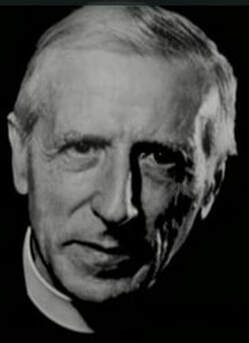
In he early 20th century, Pierre Teilhard de Chardin linked his deep spirituality as a Jesuit to his scientific work and reflection. As a scientist he explored humanity’s early beginnings and our place in the ever-unfolding sweep of evolution. As a philosopher and theologian, he developed a unique synthesis of science and religion based on an evolutionary understanding of what he called the ‘cosmic Christ’ – the idea that the universe and everything in it is constantly moving towards to a point of perfection defined by unity and love, a point which he called ‘the Omega point’. The mission of the Omega Centre is to deepen Teilhard de Chardin’s integration of science and spirituality by providing insights and practices to enkindle awareness of love at the heart of reality.
|
{field_callout_box_content:content}
CANTICLE OF THE CREATURES
St Francis of Assisi (c. 1226)
Most High, All-powerful, All-Good, Lord!
All praise is Yours,
all glory, all honor
And all blessing.
To You alone, Most High, do they belong.
No mortal lips are worthy
To pronounce your name.
All praise be Yours, my Lord, through all that You have made,
And first my lord Brother Sun,
Who brings the day; and light you give to us through him.
How beautiful is he, how radiant in all his splendor!
Of You, Most High, he bears the likeness.
All praise be Yours, my Lord, through Sister Moon and Stars;
In the heavens You have made them, bright
And precious and fair.
All praise be Yours, my Lord, through Brothers Wind and Air,
And fair and stormy, all the weather's moods,
By which You cherish all that You have made.
All praise be Yours, my Lord, through Sister Water,
So useful, lowly,
precious, and pure.
All praise be Yours, my Lord, through Brother Fire,
Through whom You brighten up the night.
How beautiful he is, how gay!
Full of power and strength.
All praise be Yours, my Lord, through Sister Earth, our mother,
Who feeds us in her sovereignty and produces
Various fruits and colored flowers and herbs.
All praise be Yours, my Lord,
through those who grant pardon
For love of You;
through those who endure
Sickness and trial.
Happy those who endure in peace,
By You, Most High,
they will be crowned.
All praise be Yours, my Lord,
through Sister Death-of-the-Body,
From whose embrace
no mortal can escape.
Woe to those who die
in mortal sin,
Happy those She finds
doing Your holy will!
The second death can do
no harm to them.
Praise and bless my Lord,
and give Him thanks,
And serve Him with great humility.
The endangered species pictured are: blue-throated macaw, polar bear, brown spider monkey, and humpback whale.
St Francis of Assisi (c. 1226)
Most High, All-powerful, All-Good, Lord!
All praise is Yours,
all glory, all honor
And all blessing.
To You alone, Most High, do they belong.
No mortal lips are worthy
To pronounce your name.
All praise be Yours, my Lord, through all that You have made,
And first my lord Brother Sun,
Who brings the day; and light you give to us through him.
How beautiful is he, how radiant in all his splendor!
Of You, Most High, he bears the likeness.
All praise be Yours, my Lord, through Sister Moon and Stars;
In the heavens You have made them, bright
And precious and fair.
All praise be Yours, my Lord, through Brothers Wind and Air,
And fair and stormy, all the weather's moods,
By which You cherish all that You have made.
All praise be Yours, my Lord, through Sister Water,
So useful, lowly,
precious, and pure.
All praise be Yours, my Lord, through Brother Fire,
Through whom You brighten up the night.
How beautiful he is, how gay!
Full of power and strength.
All praise be Yours, my Lord, through Sister Earth, our mother,
Who feeds us in her sovereignty and produces
Various fruits and colored flowers and herbs.
All praise be Yours, my Lord,
through those who grant pardon
For love of You;
through those who endure
Sickness and trial.
Happy those who endure in peace,
By You, Most High,
they will be crowned.
All praise be Yours, my Lord,
through Sister Death-of-the-Body,
From whose embrace
no mortal can escape.
Woe to those who die
in mortal sin,
Happy those She finds
doing Your holy will!
The second death can do
no harm to them.
Praise and bless my Lord,
and give Him thanks,
And serve Him with great humility.
The endangered species pictured are: blue-throated macaw, polar bear, brown spider monkey, and humpback whale.
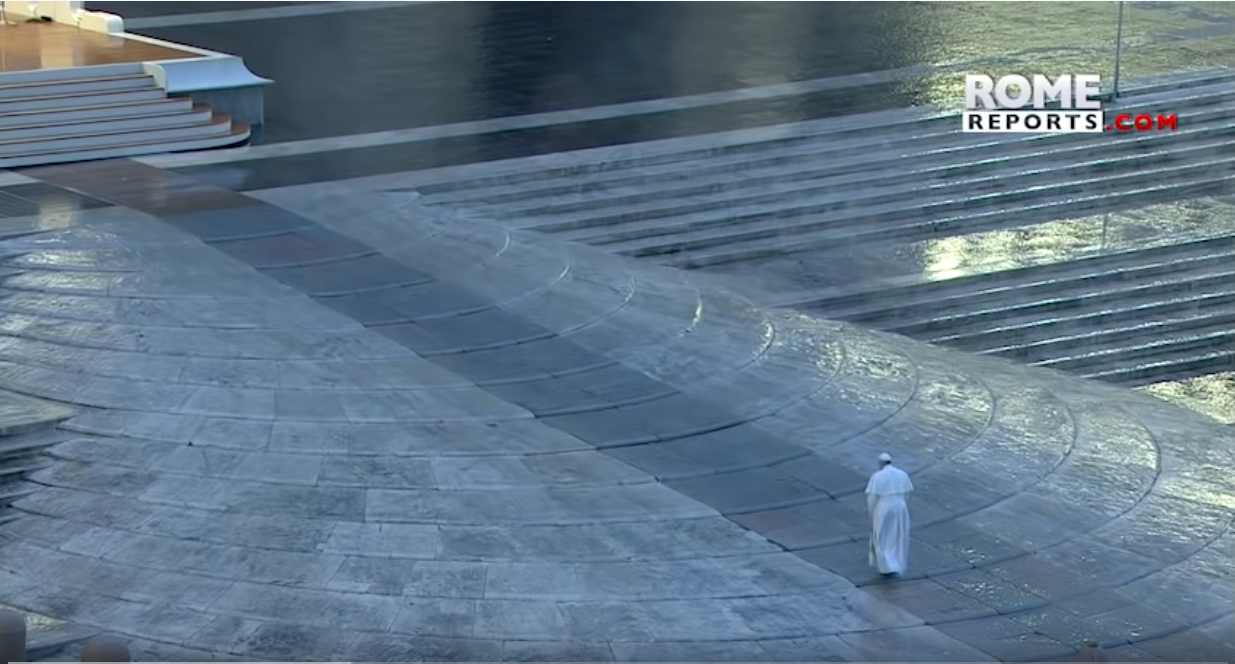
Today, instead of Pope Francis' daily Mass from Casa Santa Marta, we bring you a full recording of the Pope's historic Urbi et Orbi ceremony.
A shorter, edited verison is available here.
And click here for the full test of the Pope's moving reflection.
A shorter, edited verison is available here.
And click here for the full test of the Pope's moving reflection.
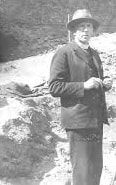
In 1923, on a geological expedition deep in the Ordos Desert of Mongolia, the newly ordained priest, Pierre Teilhard de Chardin, pondered his obligation to offer a daily celebration of the Mass – but how to do so in the middle of the desert, with neither bread nor wine available to him? His solution: the whole earth would become his altar, with the human toil and sufferings of the day to be offered up as his bread and wine. The result of this profound reflection is his “The Mass on the World, a mystical expression of the presence and activity of God in all creation. Listen here to a reflective reading of selected excerpts from Georgetown University, and click here to read Teilhard's full text.
“Once in a lifetime/ the longed for tidal wave/ of justice can rise up,/and hope and history rhyme”. These lines of Seamus Heaney, cited by Joe Biden, reached a huge audience in the last week. They come from The Cure at Troy, Heaney’s verse adaptation of Sophocles' play, Philoctetes. Here is a longer excerpt from the work.
From The Cure at Troy
by Seamus Heaney
Human beings suffer,
they torture one another,
they get hurt and get hard.
No poem or play or song
can fully right a wrong
inflicted or endured.
The innocent in gaols
beat on their bars together.
A hunger-striker's father
stands in the graveyard dumb.
The police widow in veils
faints at the funeral home.
History says, Don't hope
on this side of the grave.
But then, once in a lifetime
the longed for tidal wave
of justice can rise up,
and hope and history rhyme.
So hope for a great sea-change
on the far side of revenge.
Believe that a further shore
is reachable from here.
Believe in miracles
and cures and healing wells.
Call the miracle self-healing:
The utter self-revealing
double-take of feeling.
If there's fire on the mountain
Or lightning and storm
And a god speaks from the sky
That means someone is hearing
the outcry and the birth-cry
of new life at its term.
From The Cure at Troy
by Seamus Heaney
Human beings suffer,
they torture one another,
they get hurt and get hard.
No poem or play or song
can fully right a wrong
inflicted or endured.
The innocent in gaols
beat on their bars together.
A hunger-striker's father
stands in the graveyard dumb.
The police widow in veils
faints at the funeral home.
History says, Don't hope
on this side of the grave.
But then, once in a lifetime
the longed for tidal wave
of justice can rise up,
and hope and history rhyme.
So hope for a great sea-change
on the far side of revenge.
Believe that a further shore
is reachable from here.
Believe in miracles
and cures and healing wells.
Call the miracle self-healing:
The utter self-revealing
double-take of feeling.
If there's fire on the mountain
Or lightning and storm
And a god speaks from the sky
That means someone is hearing
the outcry and the birth-cry
of new life at its term.
Professor Fr Martin McNamara is a member of the Missionaries of the Sacred Heart. Emeritus professor of Scripture at Milltown Institute of Theology and Philosophy, Dublin, he led the team of scholars who brought the monumental 22 volume Aramaic Bible into being. He brings his formidable knoweledge of the Scriptures to his website, Sunday Scripture Online.
DH Lawrence
Closing paragraph of Aaron's Rod
He sat for long hours among the cypress trees of Tuscany. And never had any trees seemed so like ghosts, like soft, strange, pregnant presences. He lay and watched tall cypresses breathing and communicating, faintly moving and as it were walking in the small wind. And his soul seemed to leave him and to go far away, far back, perhaps, to where life was all different and time passed otherwise than time passes now. As in clairvoyance he perceived it: that our life is only a fragment of the shell of life. That there has been and will be life, human life such as we do not begin to conceive. Much that is life has passed away from men, leaving us all mere bits. In the dark, mindful silence and inflection of the cypress trees, lost races, lost language, lost human ways of feeling and of knowing. Men have known as we can no more know, have felt as we can no more feel. Great life-realities gone into the darkness. But the cypresses commemorate.
And if you doubt that trees communicate, watch this astonishing TED talk by Suzanne Simard. Professor of Forest Ecology at the Univerisity of British Columbia.
Closing paragraph of Aaron's Rod
He sat for long hours among the cypress trees of Tuscany. And never had any trees seemed so like ghosts, like soft, strange, pregnant presences. He lay and watched tall cypresses breathing and communicating, faintly moving and as it were walking in the small wind. And his soul seemed to leave him and to go far away, far back, perhaps, to where life was all different and time passed otherwise than time passes now. As in clairvoyance he perceived it: that our life is only a fragment of the shell of life. That there has been and will be life, human life such as we do not begin to conceive. Much that is life has passed away from men, leaving us all mere bits. In the dark, mindful silence and inflection of the cypress trees, lost races, lost language, lost human ways of feeling and of knowing. Men have known as we can no more know, have felt as we can no more feel. Great life-realities gone into the darkness. But the cypresses commemorate.
And if you doubt that trees communicate, watch this astonishing TED talk by Suzanne Simard. Professor of Forest Ecology at the Univerisity of British Columbia.
Herman Hesse was a German-Swiss poet, novelist and Nobel laureate. In a beautiful essay on trees, he wrote: "Trees are sanctuaries. Whoever knows how to speak to them, whoever knows how to listen to them, can learn the truth. They do not preach learning and precepts, they preach, undeterred by particulars, the ancient law of life.
"A tree says: A kernel is hidden in me, a spark, a thought, I am life from eternal life. The attempt and the risk that the eternal mother took with me is unique, unique the form and veins of my skin, unique the smallest play of leaves in my branches and the smallest scar on my bark. I was made to form and reveal the eternal in my smallest special detail.
"A tree says: My strength is trust. I know nothing about my fathers, I know nothing about the thousand children that every year spring out of me. I live out the secret of my seed to the very end, and I care for nothing else. I trust that God is in me. I trust that my labor is holy. Out of this trust I live". Read the entire essay here.
"A tree says: A kernel is hidden in me, a spark, a thought, I am life from eternal life. The attempt and the risk that the eternal mother took with me is unique, unique the form and veins of my skin, unique the smallest play of leaves in my branches and the smallest scar on my bark. I was made to form and reveal the eternal in my smallest special detail.
"A tree says: My strength is trust. I know nothing about my fathers, I know nothing about the thousand children that every year spring out of me. I live out the secret of my seed to the very end, and I care for nothing else. I trust that God is in me. I trust that my labor is holy. Out of this trust I live". Read the entire essay here.
